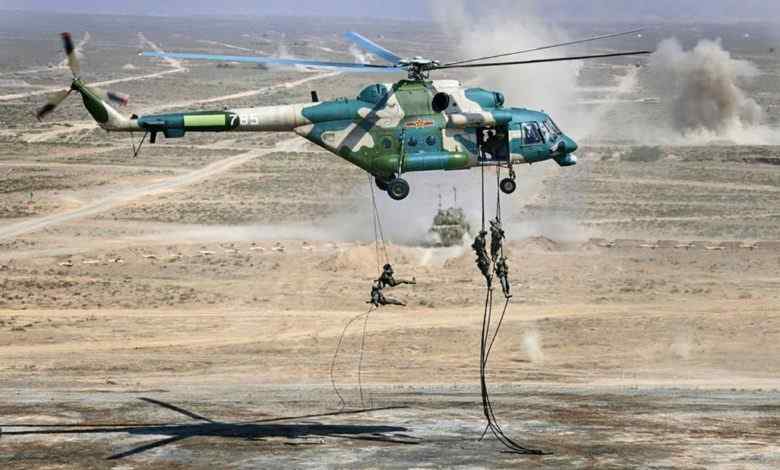Analysis: Chinese and Russian militaries link up, but analysts say both sides have differing objectives

The joint exercises were the first of their kind to use a joint command and control system, with Russian troops integrated into Chinese formations, according to a statement by China’s Defense Ministry.The exercises also provided an opportunity for both sides to test new weaponry, and for Russian troops to use Chinese-made equipment, including armored assault vehicles, for the first time.The joint drills, which were partially intended to enhance anti-terrorism capabilities, come as the security situation in Afghanistan continues to deteriorate amid the collapse of the US-backed governemnt in Kabul.But analysts in the West and in Russia have questioned the real military value of the exercises, suggesting Beijing and Moscow likely had differing objectives, from propaganda to economic.Speaking to CNN, Peter Layton, a fellow at the Griffith Asia Institute in Australia, described the exercises as mostly theater, put on for the media. Illustrating his point, the exercises, dubbed Zapad Interaction-2021 in Russian or Xibu Unity-2021 in Chinese, dominated Chinese state media last week, with multiple stories, photos and videos from the activities in northern China. Layton said the exercises seemed highly choreographed, without much opportunity for what he called “free play,” when commanders on the ground have to make crucial decisions in the heat of battle.”Free play is what hones military skills, not highly choreographed airshow-like events,” Layton said.Regional cooperationIn recent weeks, Western headlines have been filled with stories of military cooperation among US-allied nations in the Pacific, including a British-led aircraft carrier strike group in the South China Sea and intensive exercises in Australia involving American, Japanese and South Korean units.But while Beijing doesn’t have the number of allies and partners that Washington does, the drills offered the PLA an opportunity to demonstrate its own ability to work coherently with a regional partner. However, while both sides have touted their close ties, an actual Russia-China combat alliance doesn’t seem to be in the cards, said Alexander Gabuev, chairman of the Russia in the Asia-Pacific Program at the Carnegie Endowment in Moscow.”Military cooperation doesn’t imply a need for a defense pact with mutual obligation to go to war if the other party is under attack/wants you to participate in a conflict,” Gabuev wrote in a Twitter thread.When the J-20 first flew a decade ago, China touted it as the answer to American F-22s and F-35s, the world’s premier stealth aircraft. And after the PLA declared it combat-ready in 2018, Chinese military expert Song Zongping, in a post on the PLA’s English-language website, said the J-20 would “engage with rivals in the future who dare to provoke China in the air.”While the J-20s may have put on a show last week, they won’t be among the warplane contingent China is sending to upcoming International Army Games 2021 in Russia, slated to start August 22.The state-run Xinhua news agency reports the PLA’s force at those games includes J-10B fighter jets, J-16 fighter jets and Y-20 large transport aircraft, all of which will be making their debut outside of China.A Global Times report said H-6K bombers will also be in the fleet of 11 PLA aircraft.Illustrating Gabuev’s point about real combat experience, the Global Times report, citing unnamed Chinese analysts, said their involvement in the competition will allow Chinese troops to make exchanges with other militaries who “have had experience in real combat, serving to further hone in their capabilities to fight in a real war.”







